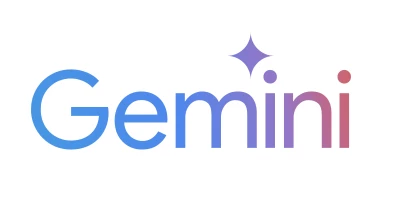Hyperautomation
Extending the capacity for rapid automation with AI


Take automation to the next level
Hyperautomation is a top trend on Gartner’s list of Top 10 Strategic Technology Trends for 2022 for good reason. Many organizations today are using this approach to rapidly identify processes suitable for automation and implement technologies such as artificial intelligence (AI), machine learning (ML), natural language processing (NLP), process and task mining, and robotic process automation (RPA) to achieve the next level of enterprise digital transformation.
It’s about extending an enterprise’s capacity for automation beyond individual processes.
See results from digital transformation investments faster
Increasing productivity
Reducing operational costs
Getting real-time data

Hyperautomation with No-code/Low-code technologies
Identify automation opportunities
Automate smarter with process mining
Bring in the robots
Add intelligence
Hyperautomation—use cases

Financial Services

Insurance

Accounts Payable

Transportation and Logistics
Explore ready-to-use AI extraction models
to drive hyperautomation
IBM watsonx GenAI
The integration of ABBYY's intelligent document processing with IBM WatsonX.ai is set to revolutionize data-driven operations across industries.

Google Gemini
The ABBYY Vantage Connector for Google Gemini integrates Vantage's IDP with Google Gemini's Gen AI and LLMs to enhance data extraction and processing workflows.

ChatGPT
This connector showcases how the information extracted from the IDP platform ABBYY Vantage can be further optimized for specific needs using AI language models such as ChatGPT.

Anthropic Claude
The Claude AI Connector for ABBYY Vantage enables seamless integration between ABBYY Vantage’s intelligent document processing capabilities and Claude AI’s advanced natural language processing for fraud and scam detection.


ABBYY Helps Costain Excel at Automation
hours of work saved
invoices processed
saved per invoice



Hyperautomation frequently asked questions
What is hyperautomation?
How does hyperautomation work?
What does hyperautomation software do?
Who can benefit from hyperautomation?
What are some examples of where Hyperautomation is used?
What is hyper AI in hyperautomation?
How can my business get started with hyperautomation?
Request a demo today!
Schedule a demo and see how ABBYY intelligent automation can transform the way you work—forever.
